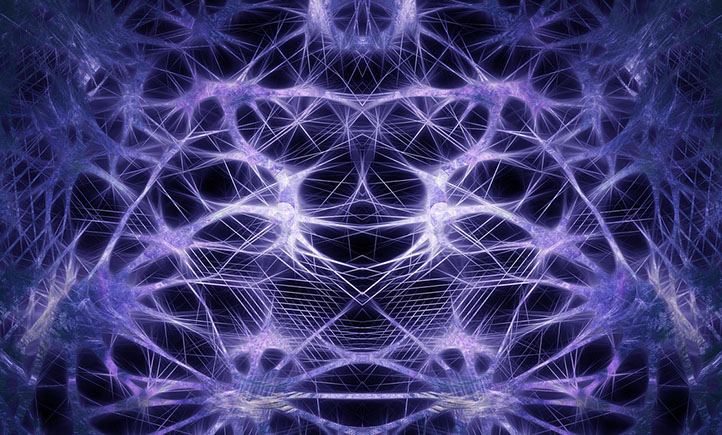Understanding Alzheimer’s by looking inside arterial walls
Mechanical engineering professors received a nearly $250,000 grant from the National Institutes of Health to fund Alzheimer’s research.

While Alzheimer’s disease is one of the top 10 leading causes of death in the United States, factors contributing to the onset of the disease remain largely a mystery. According to the Alzheimer’s Association – a global, voluntary health organization committed to Alzheimer’s care, support and research — “Alzheimer’s is the only leading cause of death that cannot be prevented, slowed or cured.” Aside from the obvious emotional turmoil of dealing with a disease that is mostly unknown, Alzheimer’s has also become an increasingly expensive disease with an estimated total of $259 billion spent on care annually for patients with Alzheimer’s and other types of dementias in the United States.
In response to these troubling concerns, Congress has increased the amount of funding available to the National Institutes of Health (NIH) for Alzheimer’s research in the last two years. The increase has been a bipartisan effort and included a historic $400 million increase in funding in May 2017.
Two professors from the Thomas J. Watson School of Engineering and Applied Science recently received a piece of that funding for their research proposal. Paul Chiarot and Peter Huang, both associate professors of mechanical engineering, are two of the principle investigators on the study titled “Perivascular transport of solutes from the brain.” They are joined by David Schaffer from the Binghamton University College of Community and Public Affairs, Nozomi Nishimura and Chris Xu from Cornell University, and Roxana Carare from the University of Southampton.
The grant of nearly $250,000 will help the professors investigate the possible cause of Alzheimer’s. “There’s significant evidence that the onset of Alzheimer’s is closely related to the removal failure of protein molecules from the brain,” said Chiarot. “We believe that there may be deficiencies in how these protein molecules are being transported in the brains of patients suffering from Alzheimer’s and hope to use this study as a chance to find out exactly where it goes wrong.”
Part of the proposal aims to find an answer to some seemingly contradictory results. “There have been studies that show protein molecules driven from the walls of arteries to veins where they are drained,” said Huang. “However, there have also been studies that trace the movement of the protein molecules and show them moving inside the walls of the arteries in the opposite direction. Ultimately, this study will try to find out what’s happening within the arterial walls during that transportation process and solve what appears to be a contradiction.” Solving this mystery could bring researchers one step closer to pinpointing the cause of Alzheimer’s and ultimately finding a cure.

